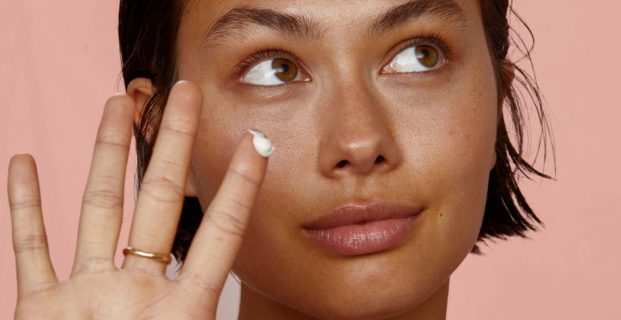When trying a new cosmetic or skincare product, it is important to do a patch test first. This will help you determine if you have any sensitivities to the ingredients in the product. There are several ways to do a patch test, and today we will discuss three of them. Keep in mind that not everyone’s skin will react the same way to every product, so it is important to test each one individually. If you experience any adverse reactions after using a product, discontinue use and consult with your doctor.
Patch test every single skin care product
Do a small patch test on your skin before using any new cosmetic or skincare product, especially if you have sensitive skin. You can determine whether you are allergic to a certain product or ingredient by doing a patch test and avoiding any adverse reaction.

To do a patch test:
- Choose the skin area you would like to test the product on. A small area on your forearm is usually sufficient.
- Apply a small amount of the product to the chosen area of the skin and wait 24 hours.
- Observe the skin area for any redness, swelling, itching, or other irritation. If there is no reaction after 24 hours, it is likely safe to use the product on your entire face or body.
If you experience any adverse reaction, wash the area of skin immediately with soap and water, and discontinue the use of the product. If the reaction is severe, consult a doctor.

Beauty products you should check for toxins before using
You should check for toxins in your beauty products before using them. Here are some of the most common toxins found in beauty products:
- Parabens are synthetic chemicals used as preservatives in many beauty products. However, they can be absorbed through the skin and linked to hormone disruption and cancer.
- Phthalates are a group of chemicals used to make plastics more flexible and durable. They are commonly found in hair care products, nail polish, and perfumes. However, phthalates have been linked to hormone disruption, reproductive problems, and cancer.
- Lead is a toxic metal found in some lipsticks and other cosmetics. Lead exposure can cause neurological problems and is linked to cancer.
- Mercury is a toxic metal sometimes used in skin lightening creams. Mercury exposure can cause kidney damage and neurological problems.
- Hydroquinone is a chemical used in some skin-lightening products. It can cause skin irritation and bleaching and is linked to cancer.
You can avoid these toxins by using natural or organic beauty products instead of conventional ones. You can also look for products that are labeled “paraben-free,” “phthalate-free,” or “mercury-free.”


 I’m here to inspire, motivate, empower, & help YOU live your absolute best & most beautiful life from the inside out!! I’m a professional makeup artist, hair stylist, skin specialist, and self-care advocate.
I’m here to inspire, motivate, empower, & help YOU live your absolute best & most beautiful life from the inside out!! I’m a professional makeup artist, hair stylist, skin specialist, and self-care advocate.